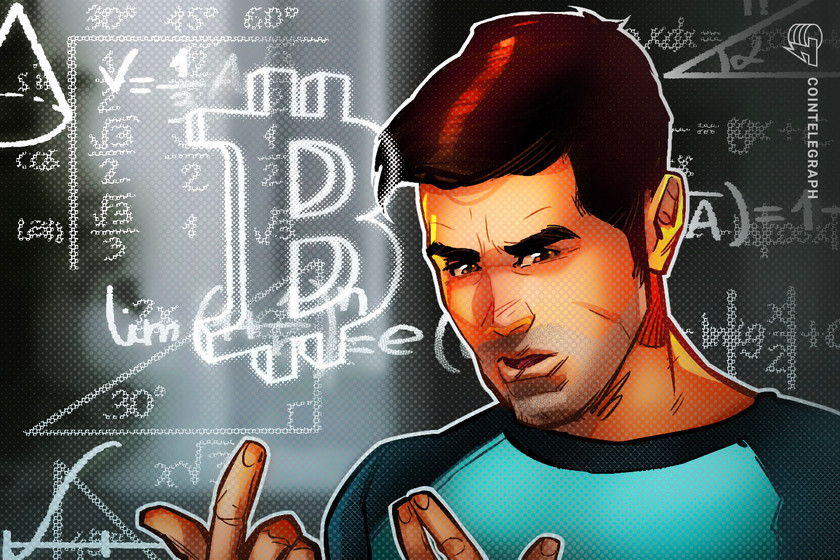One of the most exciting innovations in the digital currency and Internet space is the invention known as the “Blockchain“. This technology fundamentally is the backbone for the entire Internet and is capable of revolutionizing not only currency and information exchange but also communications and general network administration. You may have heard the term “blockchain” floating around, but you might not know exactly what it is. The following explanation will give a better understanding of what the term means, how it works, and its overall significance in the digital age. With this knowledge, you will be able to utilize the advantages and potential of the “Blockchain” to protect your personal information and secure your transactions.
Computer networks called “blocks”
A “blockchain” is simply a group of computer networks called “blocks”. Blockchains are made up of different “chains”, which can lead to other chains or “branches”. For instance, one popular branch is referred to as the “ICO”, or equity index trading network. There are also other chains like the “peer-to-peer” or “blockchain” networks. The purpose of these chains is to form a distributed system that ensures that all valid and authorized transactions are logged and accounted for correctly and automatically by all users and software components.
The “Blockchain” was first introduced by the father of the internet, Tim Berners-Lee in 1993. The main goal was to provide a safe way for users to transfer money across international borders without having to rely on international banks. The key to this system was providing a decentralized way for people to log transactions and validate them in a secured location such as the Internet. This was accomplished by creating what is known as “distributed ledger technology” – a computer network that logs transactions in a completely secure manner no matter where the transaction happens.
Distributed ledger technology
This distributed ledger technology was revolutionary at the time. However, with the progress of computer technology and the growth of Internet users, the Blockchain system has experienced a few setbacks. For instance, one of the most well-known glitches happened when a number of transactions were listed in reverse order. In other words, one transaction was listed before another was listed, effectively reversing every other transaction and effectively canceling all of the prior transactions. In the aftermath, this caused a great deal of confusion and frustration for the users of the system, as they were suddenly given all new transactions to process without any previous transactions to read.
Alter the ledger?
Another issue that has come up with the Blockchain is the ability for users to alter the ledger itself. For instance, if you want to add something to the ledger, you have to change the subsequent blocks and this can be a difficult procedure. On the bright side, most experts agree that this is a very minor issue that does not pose any threat to the users. Even so, it is still worth noting that should you wish to view the previous or archived blocks, you will need to jump through a series of blocks that are stored in the same database as your current block.
Will it replace traditional ledgers?
Perhaps the biggest problem that has been identified with the Blockchain is that many people believe it will replace traditional ledgers. The problem with this belief is that nothing could be farther from the truth. The Blockchain system is designed to add to the capabilities of traditional ledgers. It does not eliminate them, but it does work to provide an additional tool to record certain transactions. Additionally, the ledger used by the Blockchain is known as the Hyper-Ledger, which is different than the traditional ledger system used by banks and other financial institutions. As such, it is not something that would be useful for a company to use.





